On location in Stung Treng – Filming a case study for UNICEF’s Generation Future Programme
It’s always good to get out of Phnom Penh on assignment and working as an NGO videographer on an assignment for UNICEF was no exception.
I’d made a video case study about Panha just as she started started a role as a team leader as part of the Code for Girls project.
It was always the plan to make a follow up video of Panha to see the progress she had made over the
Panha spoke about the new skills she had learnt. ‘Now, I can use code in my designs
to make all kinds of models,’ she said.
We also interviewed Lida, Panha’s IT teacher. She spoke about the progress Panha had made.
‘It makes me very happy to see Panha undergoing such a positive transformation. She has gone from a girl with basic typing skills to a girl who is confident in writing code,’ she said.
Panha also spoke about the training she had provided to her team members.
‘Over the past 6 months, I have trained my team members in STEM subjects. We’ve learned about using a 3D printer and coding,’ she said.
Chaily, one of Panha’s team members was very positive about the training Panha has given her.
‘Panha has helped to improve my drawing skills, and she’s improved my leadership
and teamworking skills,’ she said.
Panha has had to overcome difficulties to provide the best training she can.
‘Even though I’m a very shy person. My confidence has improved,’ she said.
Panha plans to set up a dedicated STEM room at her school and wants to study computer science at university. She has even inspired Chaily to pursue a university course in civil engineering.
I wish both Panha and Chaily the best of luck in the future. It’s important that increasing numbers of girls enter the STEM sector as they are currently underrepresented. Hopefully they can both continue to be role models and inspire other girls to pursue their goals.
Please don’t hesitate to contact me if you have any video projects you’d like to discuss.
Collaborating with WHO on a Video Case Study About Malaria Prevention in Siem Pang, Cambodia
This was the third time in a bit over a year that I’d been hired by the World Health Organization to work as a videographer on a case study for them.
This time it was malaria prevention in Stung Treng Province following Chan Sophal, who supports The Mekong Malaria Elimination (MME) programme at the provincial level.
Sophal works with remote communities close to the Lao border in Stung Treng Province.
‘I am stationed in Stung Treng Province, with a focus on Siem Pang, which is a malaria hotspot’, he says.
Sophal works closely with the head Siem Pang Health Center and the nurse in charge of the malaria elimination programme.
‘We plan our outreach campaigns together’, he says.
It was a great experience to work as a videographer for WHO and get to follow Sophal to some of the remote villages he works in.
Siem Pang itself is very remote, but it took a small ferry, a horse and cart and small boat to get to some of the highest risk communities.
As part of the Last Mile to Malaria Elimination, Sophal and his team of Village Malaria Workers (VMW) focus on the target group of men aged 15-49 years, who go regularly go into the forest and are the most likely to catch malaria and transmit it in their community.
‘We educate and encourage them to take preventive medication before they go to the forest or other high-risk malaria areas. They have never heard of preventive treatment, so taking the medicine when they're not sick worries them a lot. It is important to build trust so the community believes the medicine is good for their health,’ he says.
The medical care and education they provide is a key factor in helping to eliminate malaria in Cambodai.
This isn’t something Sophal takes lightly.
‘The work I’m proudest of is the contribution I’ve madeto eliminating malaria in Stung Treng Province’, he says.
For me working as a videographer on projects like this is a pleasure. Sophal and his team are dedicated in their work, they’ve won the trust of the communities they work in and their efforts are having a genuine impact.
Here’s a shorter version that was used as part of WHO’s 75th annievrsary social media campaign.
On Assignment - Photographing Malaria Prevention for WHO, Stung Treng, Cambodia
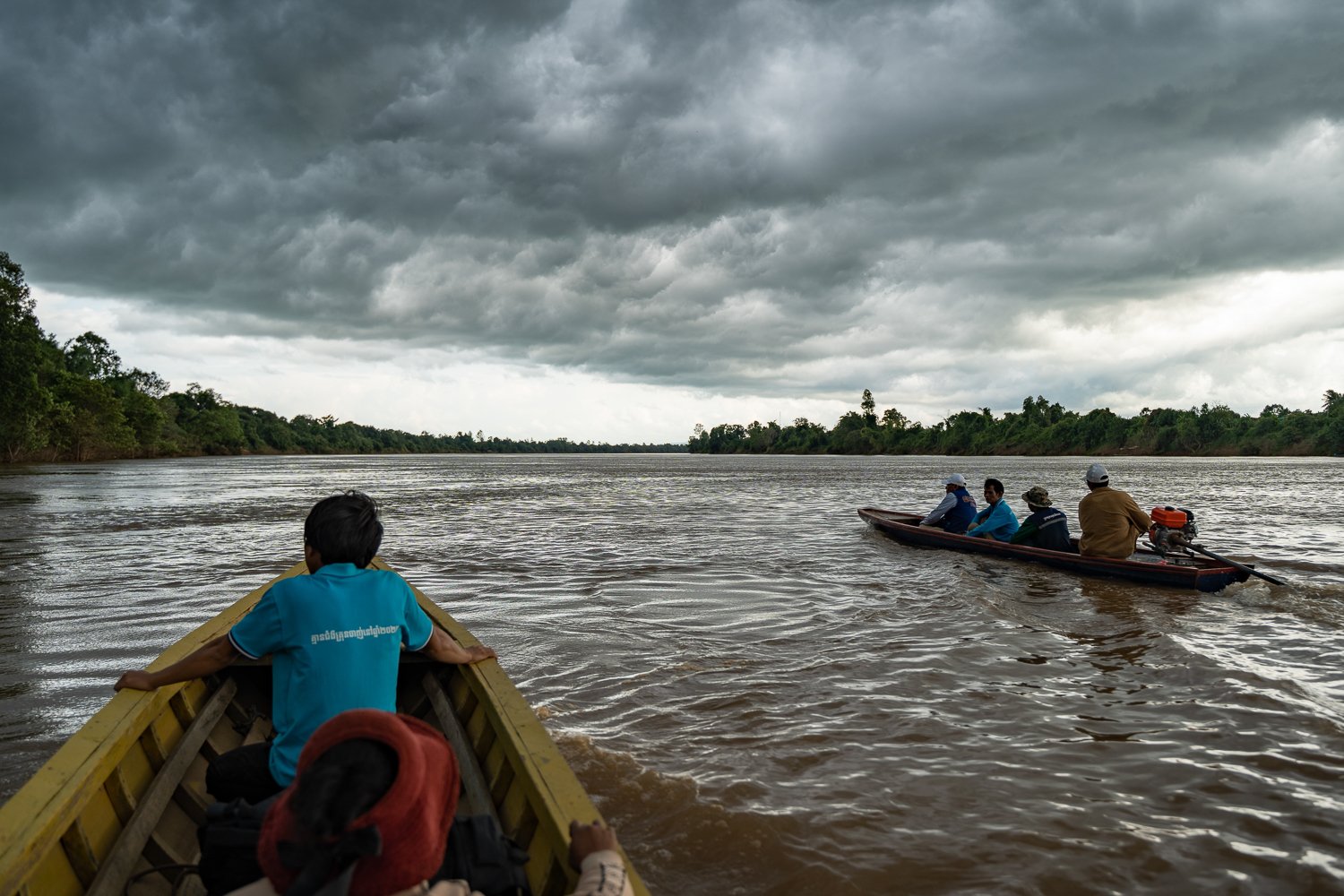
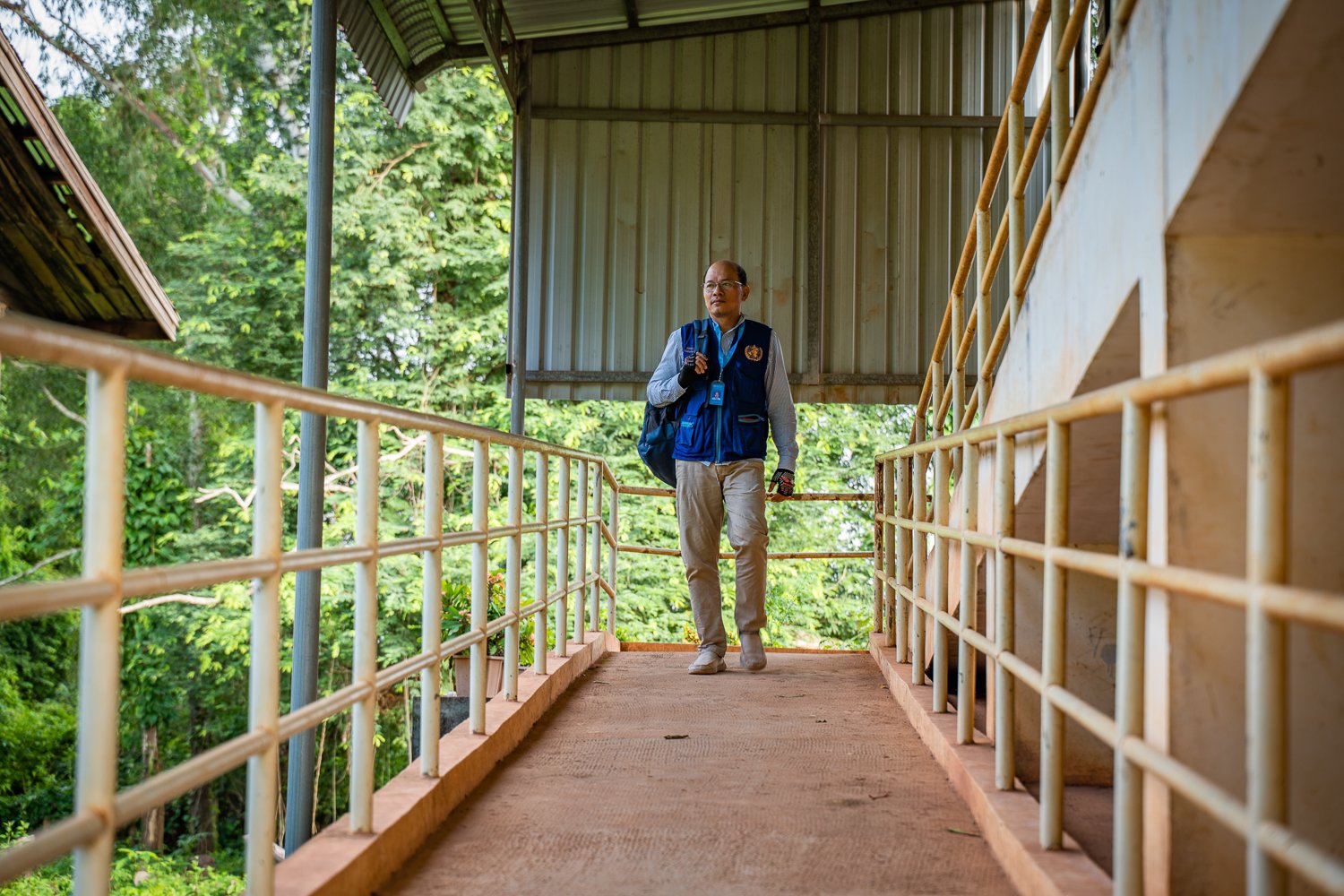
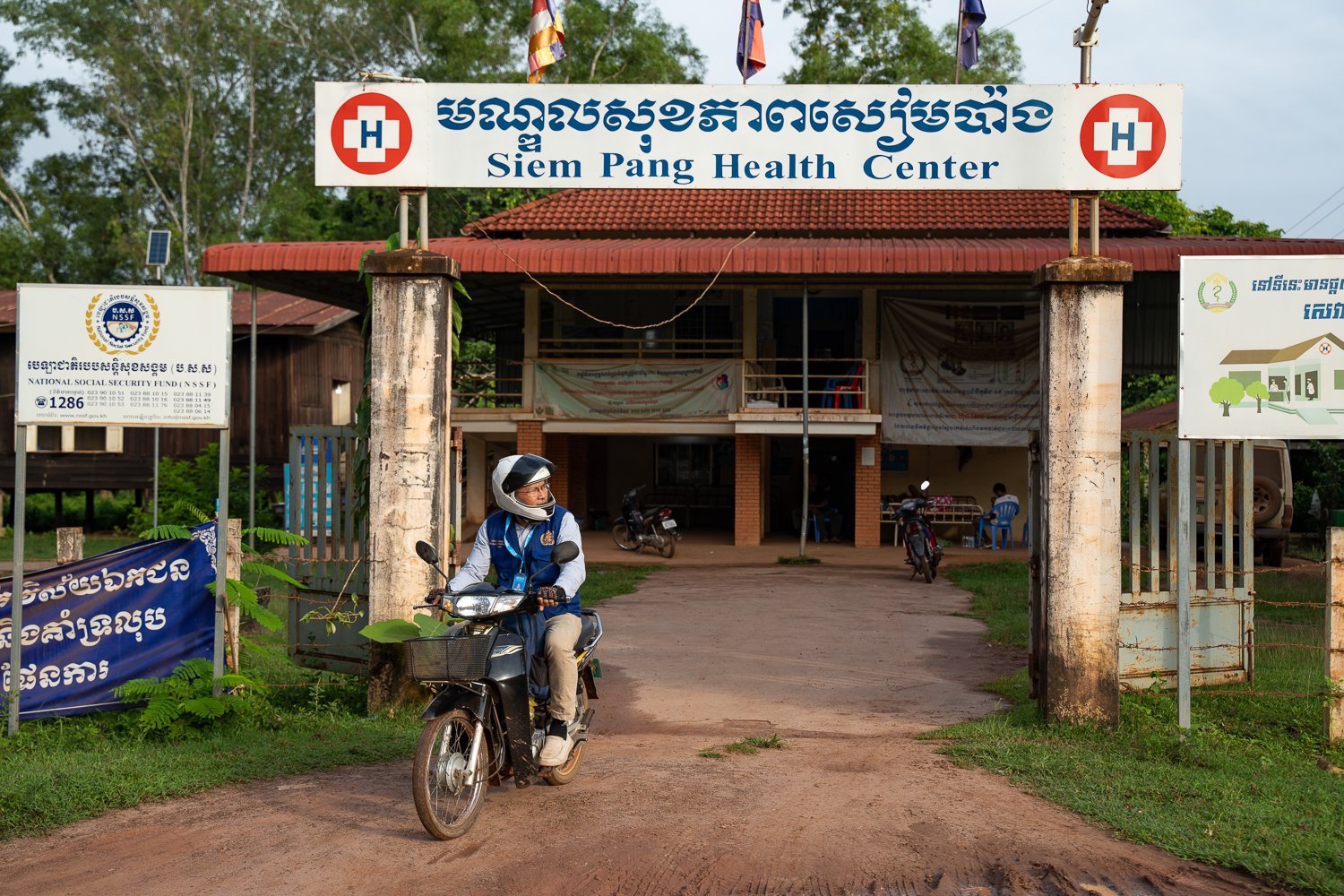
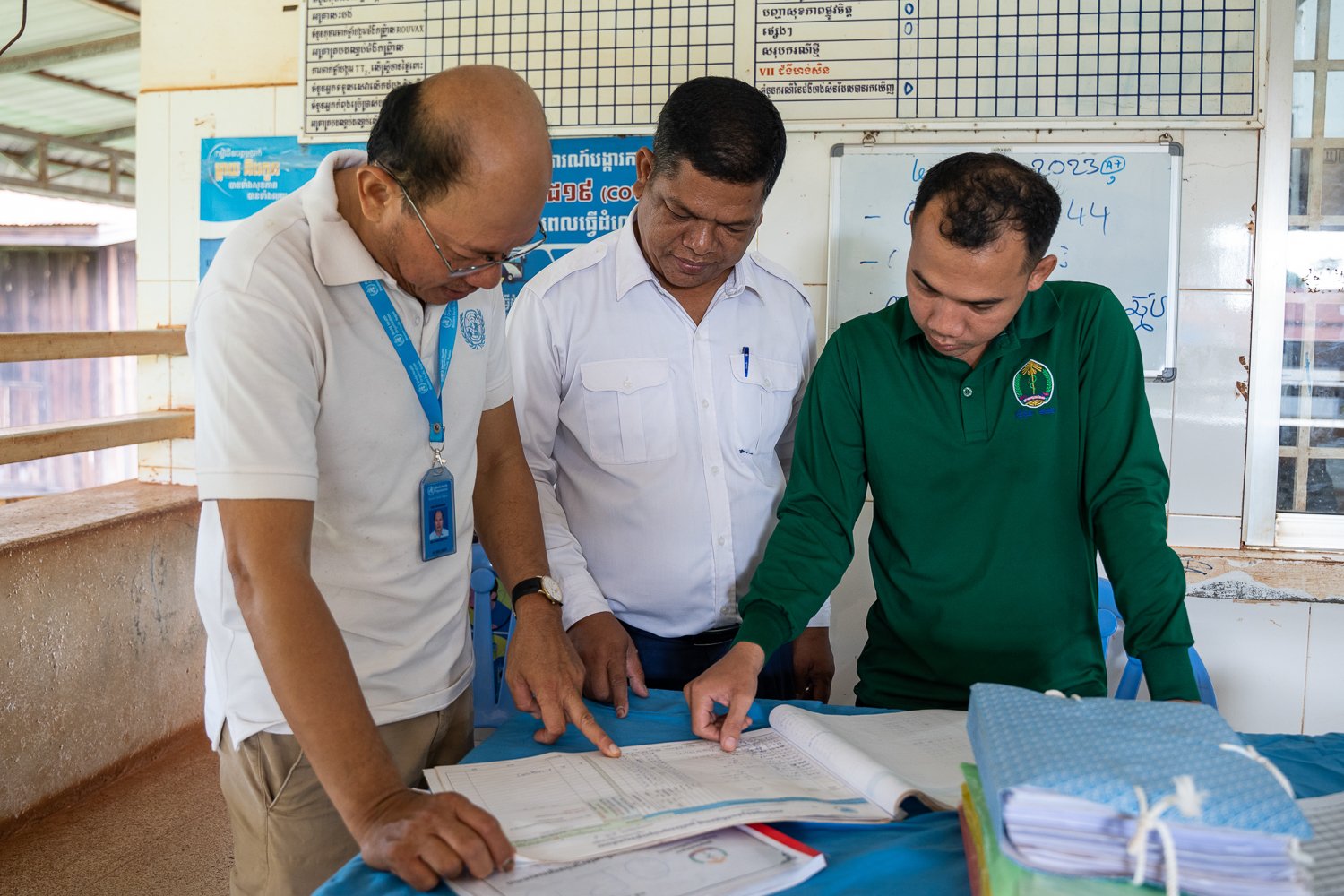
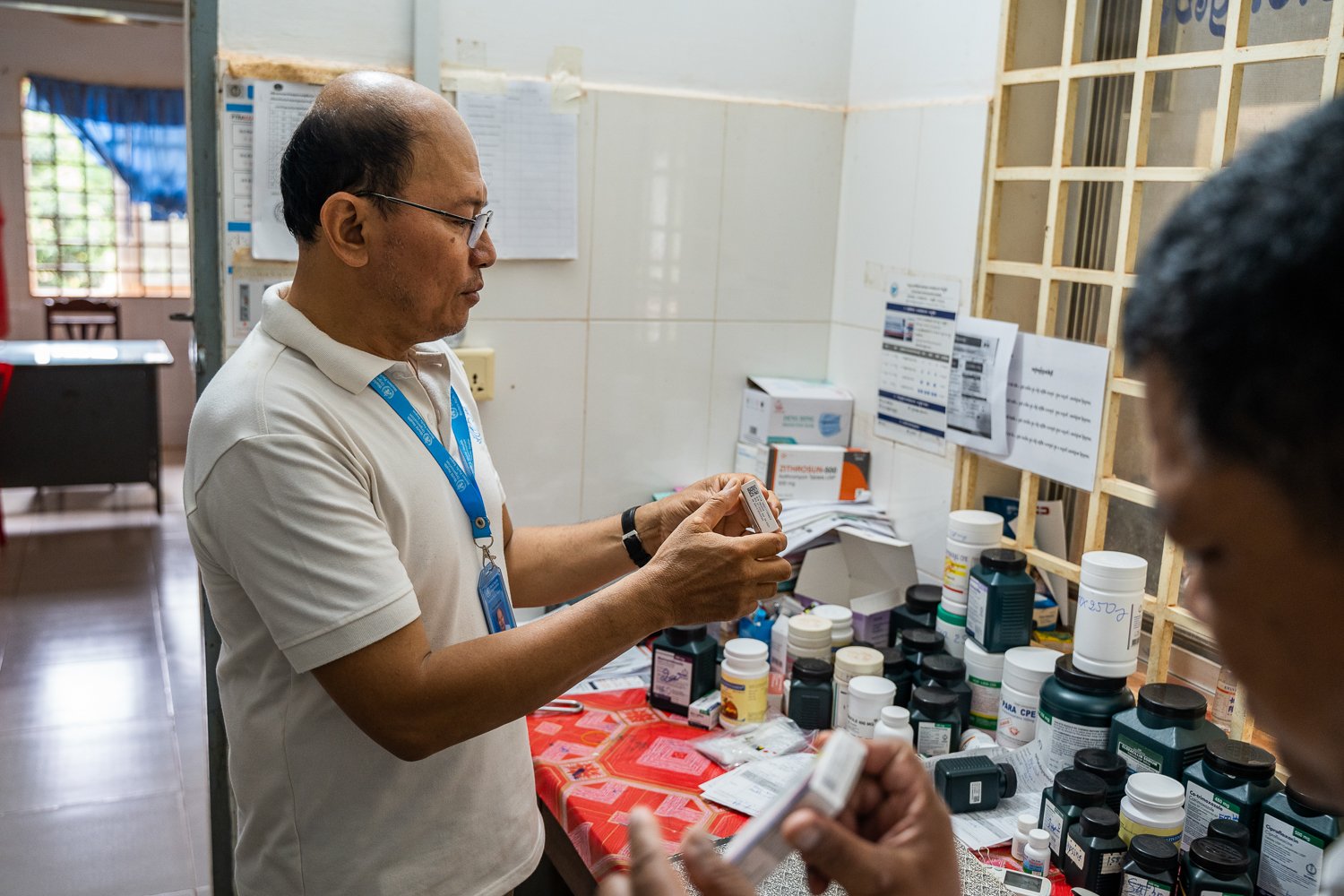
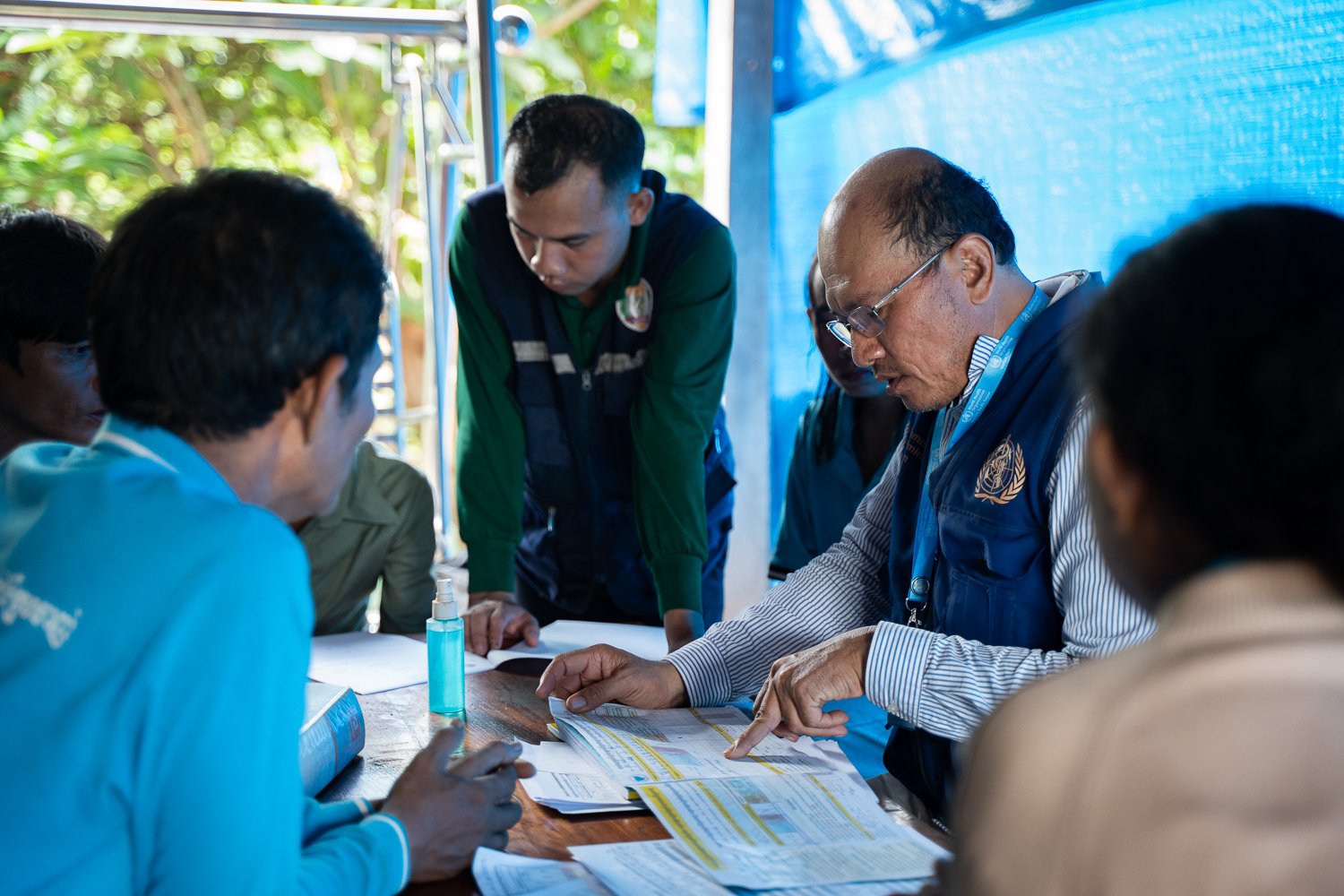
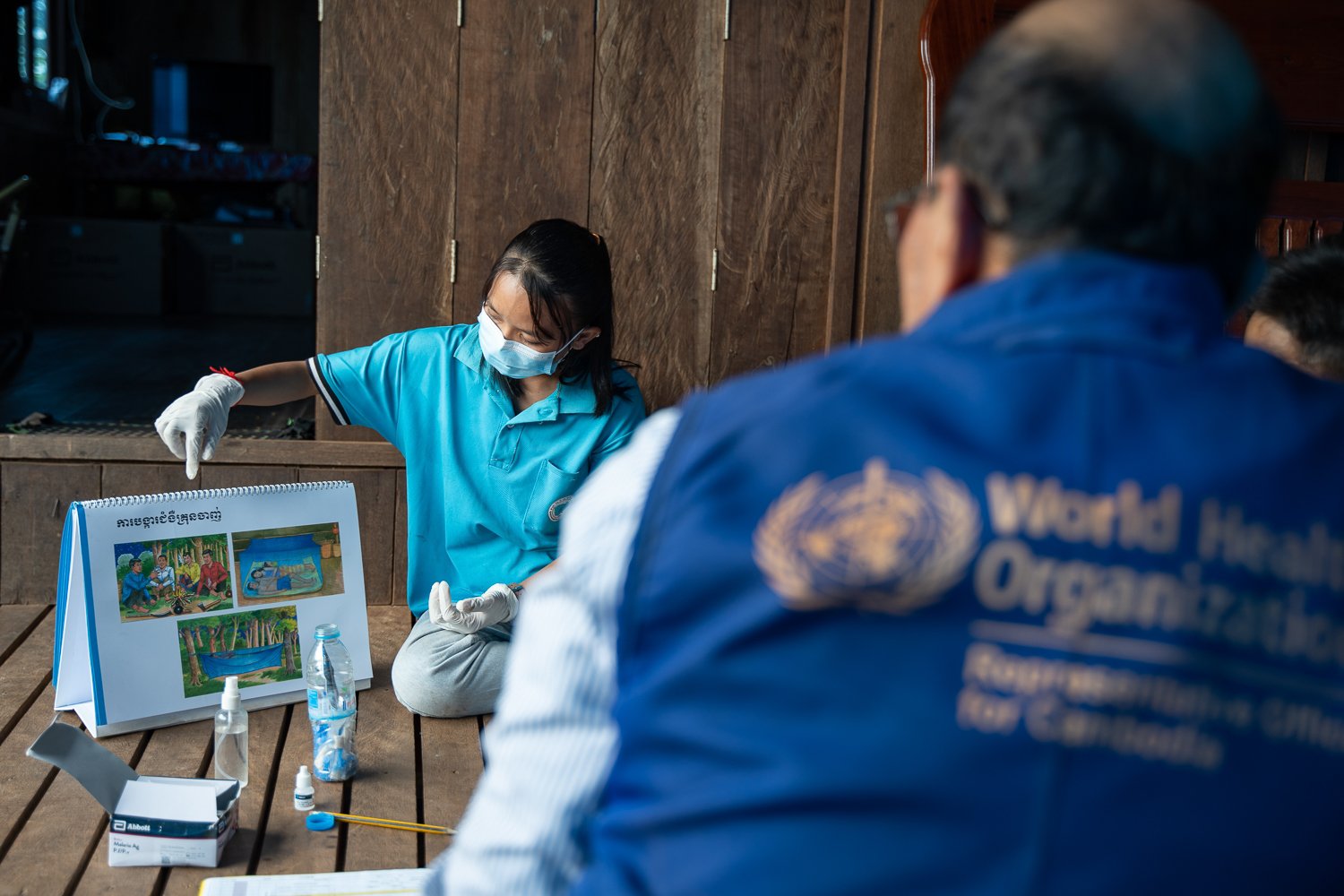
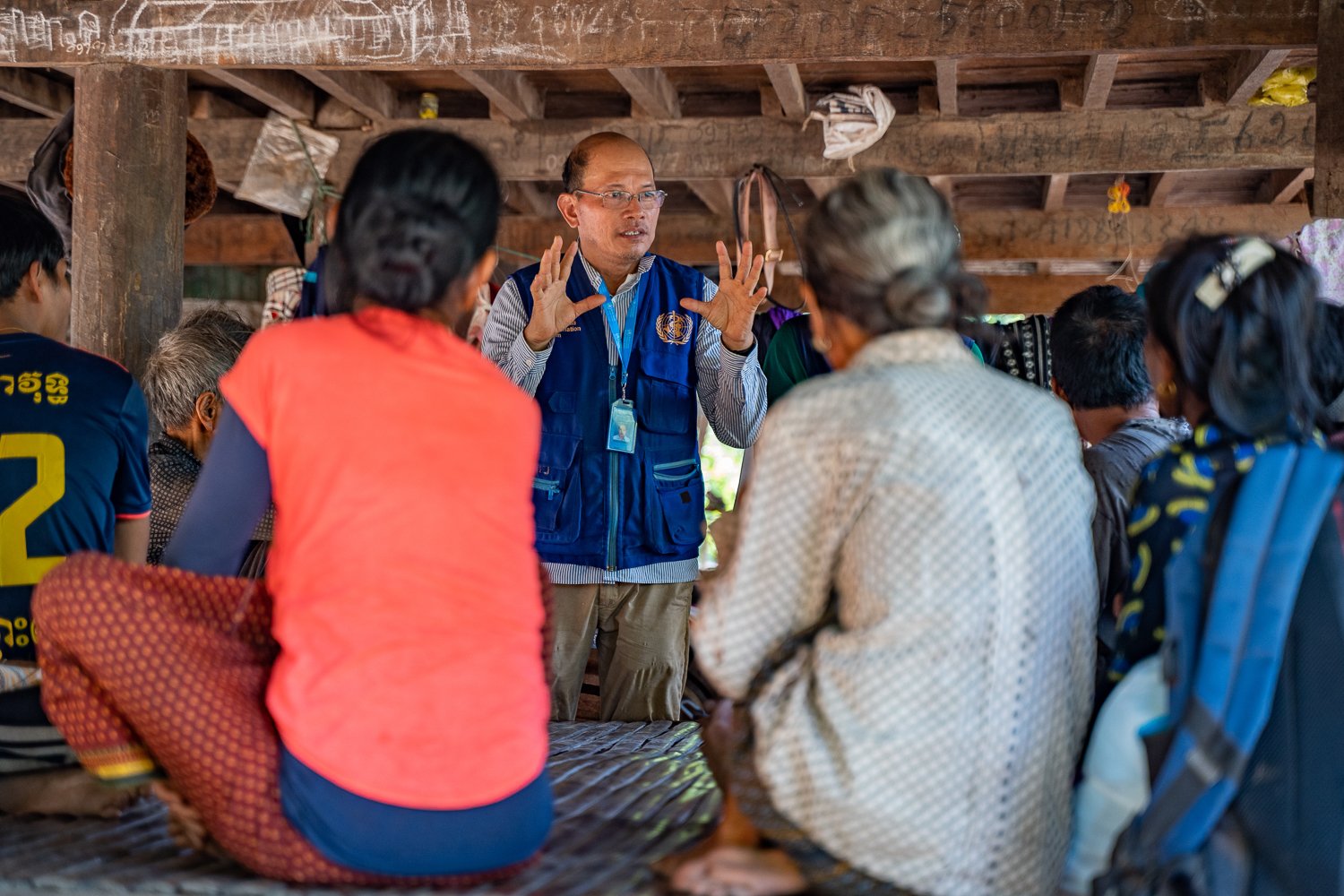
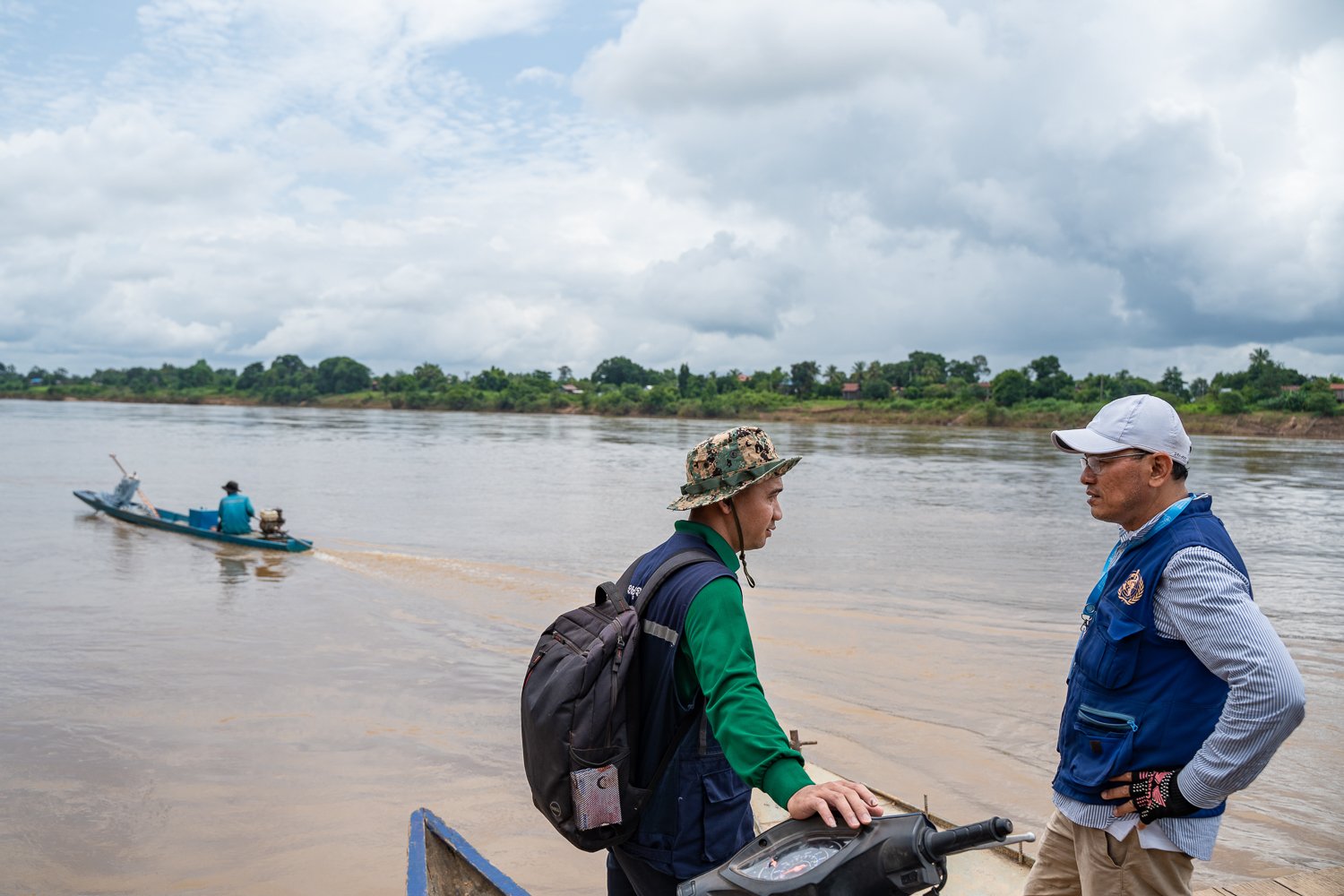
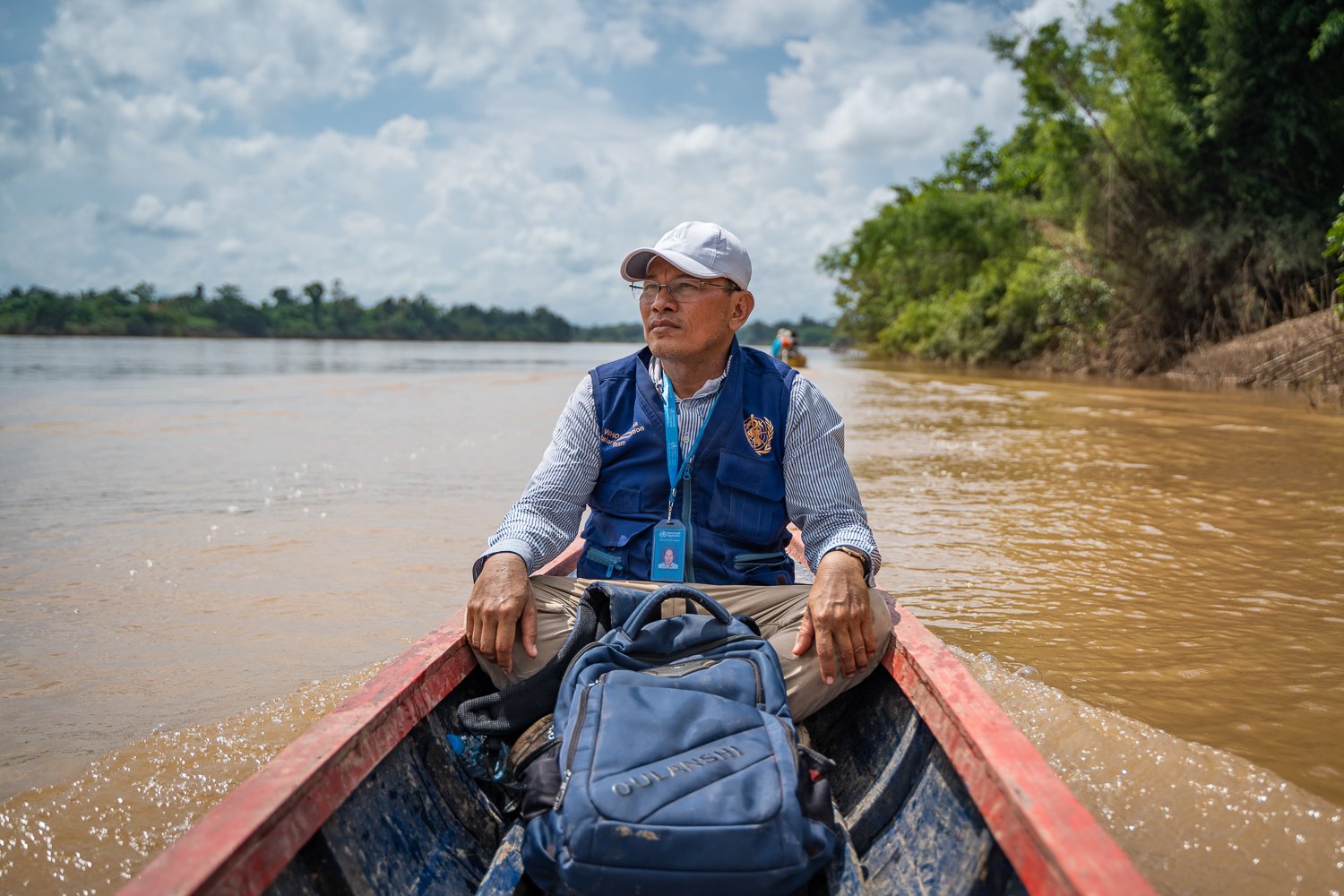
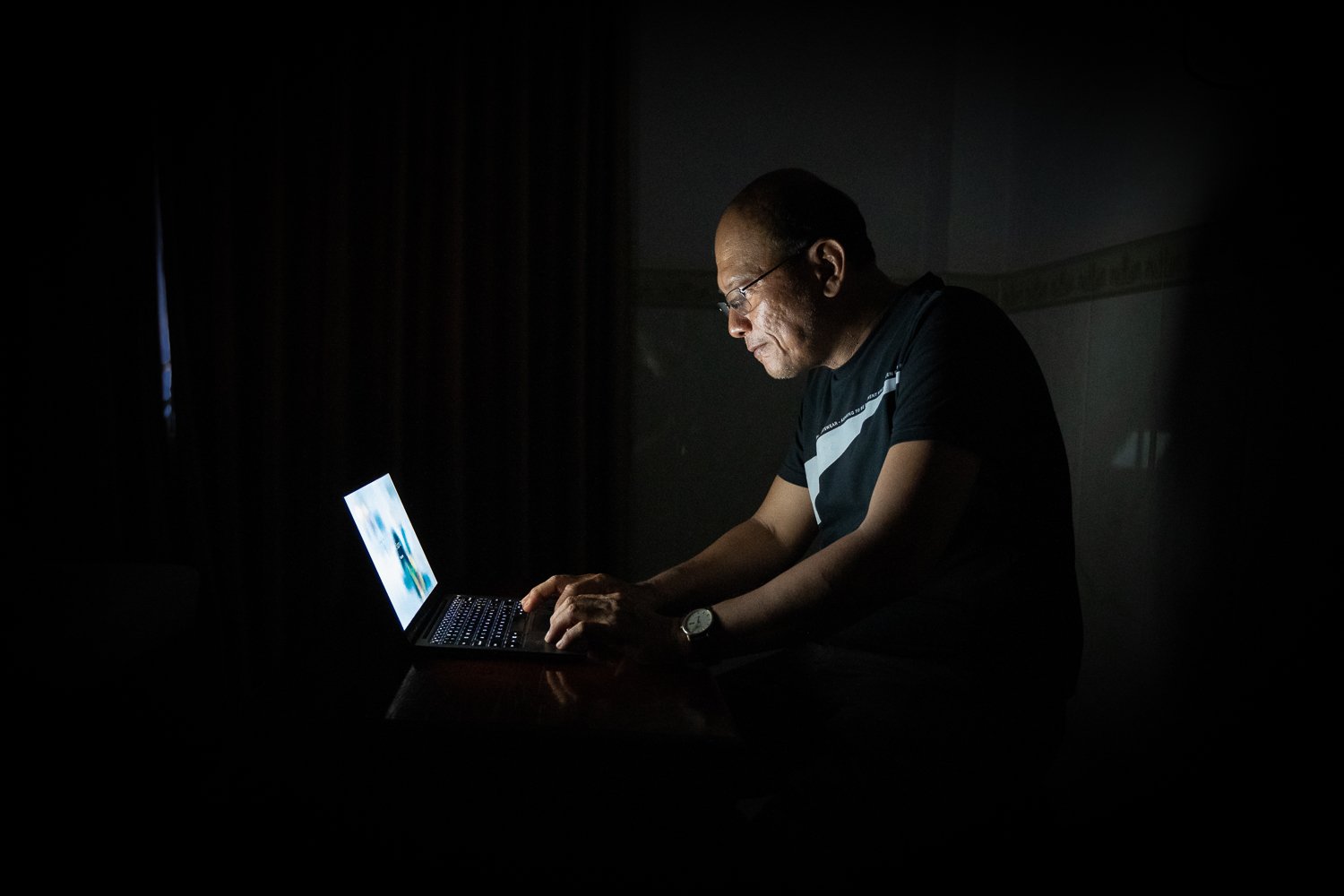
It’s always a pleasure to get of Phnom Penh on assignment and this job was no exception. The brief was to produce a series of 25 photos for the World Health Organization about Sophal for their WHO’s Who series to commemorate their 75th anniversary of providing health for all.
The series was to highlight some of vital work done by some of the key healtcare workers around the world.
Sophal works in malaria prevention and has dedicated himself to preventing malaria in the remote parts of Stung Treng, which are high risk areas.
Sophal was a great choice for the photography series and he is dedicated to his work and he’s very respected within the communities he works in. He led a fundraising campaign when one of his team lost their house through fire. On another occasion, he donated blood to one of his community health workers’ wives after being alerted to the need in the middle of the night.
He’s also studying for a masters in public health in his spare time.
It was a busy day photographing Sophal. We arrived at Siem Pang Health Center early in the morning where Sophal met with the local health centre workers, checked malaria records and did a stock take of the preventative medicine before travelling into the community.
Working in remote villages, we had to take a ferry an ox and cart and small boat to reach the most remote village.
When we got to the community, Sophal checked the records and spoke to his team of community health workers.
From there, his team went into the community to provide training to the village and to check on people who had recently returned from the forest to give them preventative medicine.
The team managed to get all of this done before a storm blew in and the heavens opened.
You can see other examples of my NGO photography for the World Health Organization here and here.
Working as an NGO Photographer Covering Leprosy Elimination for WHO in Cambodia







After a successful collaboration with WHO last year, it was great to be asked to work as a documentary photographer to produce another photo essay as part of their People of the Western Pacific Series.
The brief was to produce 25 photos to tell the story of Visal and the invaluable work that he does in eliminating leprosy from Cambodia.
Visal works for the National Center for Tuberculosis and Leprosy Control, under the Ministry of Health, and has been instrumental in implementing the National Programme for Leprosy Elimination.
Visal is dedicated and passionate about his work and even faced discrimination from his own family. They asked him not to visit his home town before he educated them about how easily treatable the disease is.
I spent a day taking photos of Visal as he worked in the community.
I photographed Visal conducting a training session, speaking to the local health authorities to explain their activities and conducting screening in the community.
At the end of the day, we visited a couple who both had leprosy and suffered disabilities as a result.
Visal’s work has helped to reduce the stigma within their community and he’s helped them to establish a chicken husbandry business that helps them to be financially independent.
Visal has also been instrumental in establishing networks using social media to help identify new cases. This has been very effective, particularly when working with people from remote areas, which is where most new cases are detected.
Leprosy is easily treatable and can be eliminated from Cambodia.
Due to the hard work of people like Visal, there are very few new leprosy cases in Cambodia and by educating people, their work has helped to reduce the stigma.
I wish them luck in achieving their goal.
You can see more of my photography work for WHO here. Please don’t hesitate to get in touch if you have any NGO photography projects you would like to discuss.
Veasna's Story - Working as an NGO videographer on a case study for VSO
This is the second case study I made on assignment as an NGO videographer for VSO.
The video tells the story of Veasna and the positive impact VSO’s RECOVER project has had on her livelihood.
As part of the project, Veasna received agricultural training and financial support to improve her growing facilities.
Held in the community with other vegetable growers the training shows Veasna best practices about what to grow, how to grow it and pest control.
Veasna has used the financial support she received to construct a net house for growing higher value crops.
VSO have also set up agricultural cooperatives. This gives the vegetable growers additional selling power as the cooperative can sell larger quantites direct to market.
They sign contracts to guarantee fair prices for their vegetables and a constant source of income.
A storage facility has also been built in the community so the vegetable growers can store their vegetables to cut down on wastage and to be able to control the sale of the vegetables they grow to the market.
It was great to see the positive relationship Veasna had with Ravuth, the trainer, and how she is looking to expand her growing activities in the future so she can support her young family.
Below is the final video:
And here’s the shorter version I made for social media:
